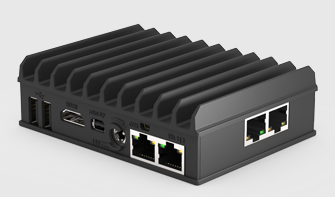0

A while ago, in June 2021, we were discussing home routers that can keep up with 1G+ internet
connections in the CommunityRack telegram channel. Of course
at IPng Networks we are fond of the Supermicro Xeon D1518 [ref],
which has a bunch of 10Gbit X522 and 1Gbit i350 and i210 intel NICs, but it does come at a certain
price.
For smaller applications, PC Engines APU6 [ref] is
kind of cool and definitely more affordable. But, in this chat, Patrick offered an alternative,
the [Fitlet2] which is a small, passively cooled,
and expandable IoT-esque machine.
Fast forward 18 months, and Patrick decided to sell off his units, so I bought one off of him,
and decided to loadtest it. Considering the pricetag (the unit I will be testing will ship for
around $400), and has the ability to use (1G/SFP) fiber optics, it may be a pretty cool one!
Executive Summary
TL/DR: Definitely a cool VPP router, 3x 1Gbit line rate, A- would buy again
With some care on the VPP configuration (notably RX/TX descriptors), this unit can handle L2XC at
(almost) line rate in both directions (2.94Mpps out a theoretical 2.97Mpps), Continue reading


 s launch, and itâ€
s launch, and itâ€

